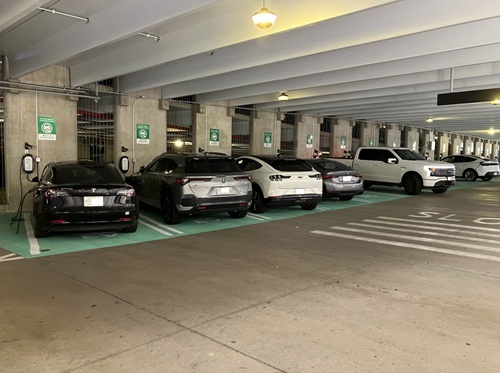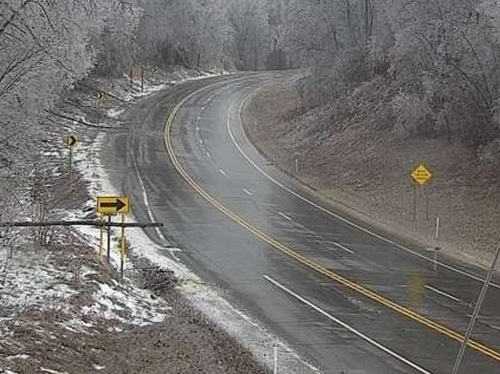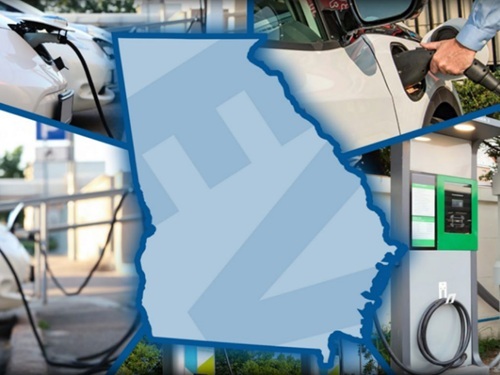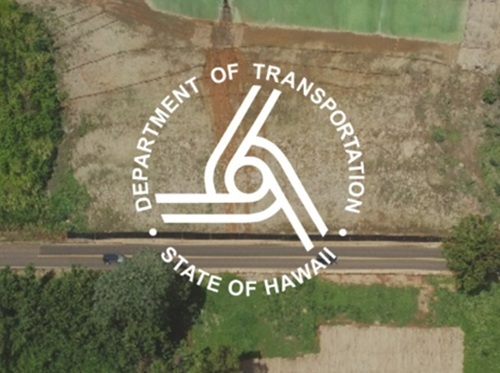The Hawaii Department of Transportation has finalized its Energy Security and Waste Reduction Plan following a 65-day public review process and after incorporating extensive stakeholder feedback.
[Above image by the Hawaii DOT]
The plan provides a roadmap for Hawaii’s transportation sector to meet statewide emissions reduction targets established by Hawaii’s legislature in 2018. The 2030 target is to cut greenhouse gas or GHG emissions by 50 percent from 2005 levels, with the aim by 2045 of capturing more carbon than the state emits; thereby achieving net-negative emissions.
During the public comment period on the draft of its Energy Security Plan, issued in late June, the agency said it conducted six virtual public presentations, met with many stakeholders, and received 310 public comments.

Comments ranged from calls for more walking and biking paths, concerns about the cost of transitioning to clean fuels and electric vehicles, as well as demands for equitable investment to benefit disadvantaged and rural communities, Hawaii DOT noted.
Key revisions incorporated into the final plan include use of updated data, including the most recent State Greenhouse Gas Inventory from 2022 that shows 50 percent of emissions come from transportation, with 85 percent of those transportation emissions coming from domestic aviation.
Other revisions include allowing cruise operators to continue operating as long as they use ships that burn cleaner fuels, as well as prioritizing emissions reduction strategies that will lower the cost of transportation for the most vulnerable, such as by adding bus stops or routes.
The plan also sets forth immediate actions which should guide the state’s transportation investments over the next five years, which include expanding electric vehicle or EV public charging; incentives for cleaner fuels; filling critical gaps in pedestrian, transit and bicycle networks; and investing in carbon sequestration projects. The plan is a living document that will be adjusted annually with changes in law, technology and commitments.
“[We are] grateful for the public’s comments and thank residents, businesses, and stakeholders who have all contributed to shaping the final Energy Security and Waste Reduction Plan. It will guide us as we work to lower emissions and increase our energy security, while meeting Hawaii’s transportation needs,” said Ed Sniffen, Hawaii DOT director, in a statement.
“[We] can take immediate actions by expanding EV public charging and having incentives for cleaner fuels. We will continue to work on the dynamic plan which will be updated annually with community input, new data, and analysis,” he added.
 States
States
Podcast: Flashing LED Lights Can Boost Roadway Safety
December 5, 2025 States
States

